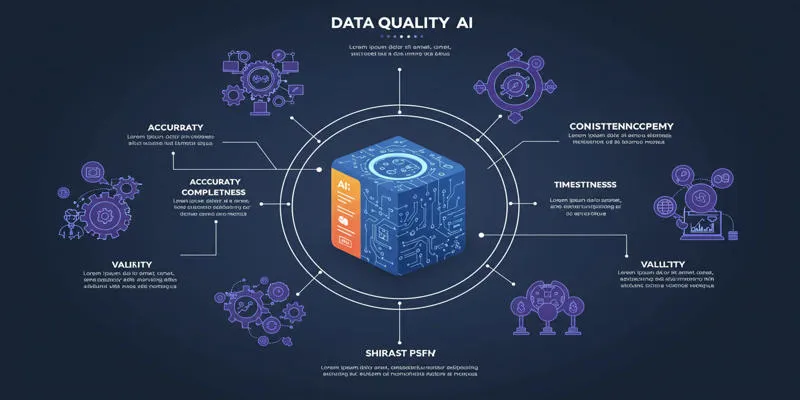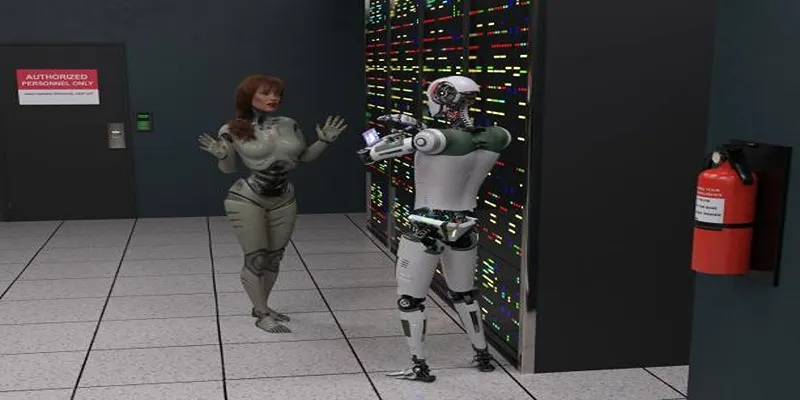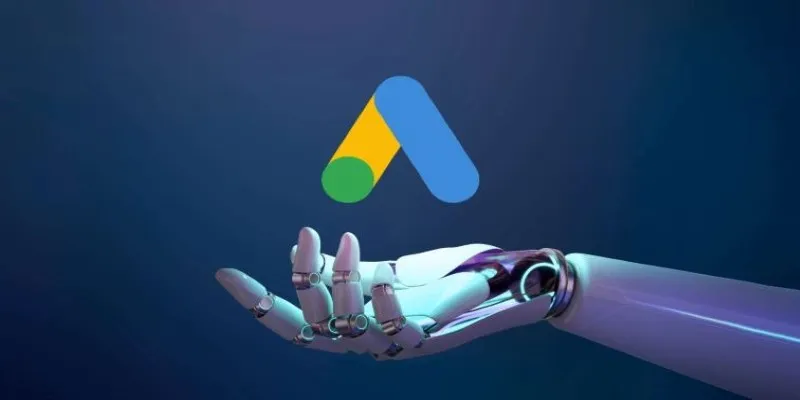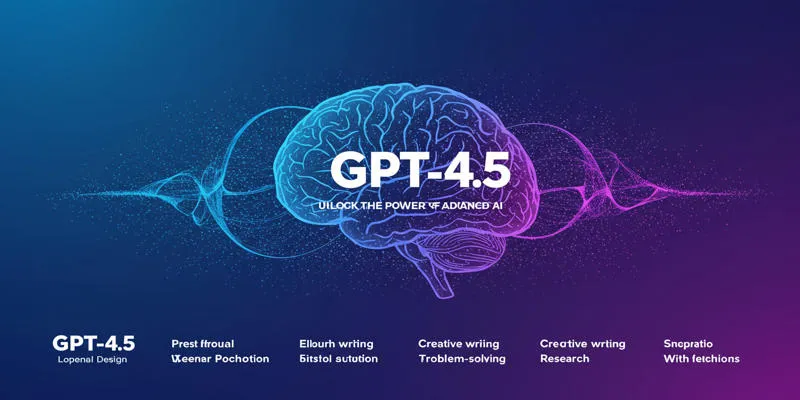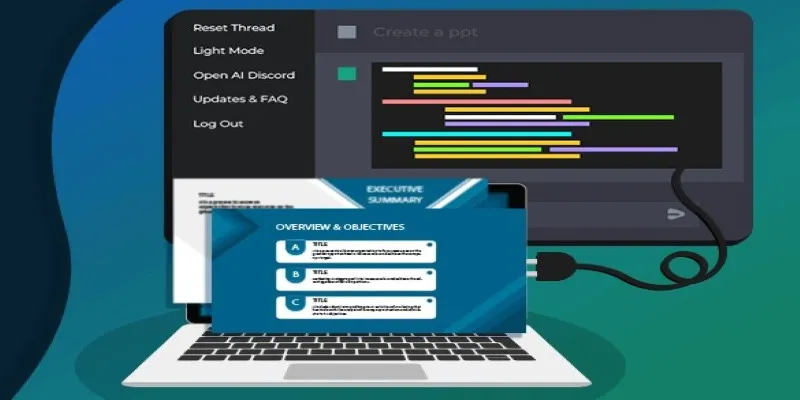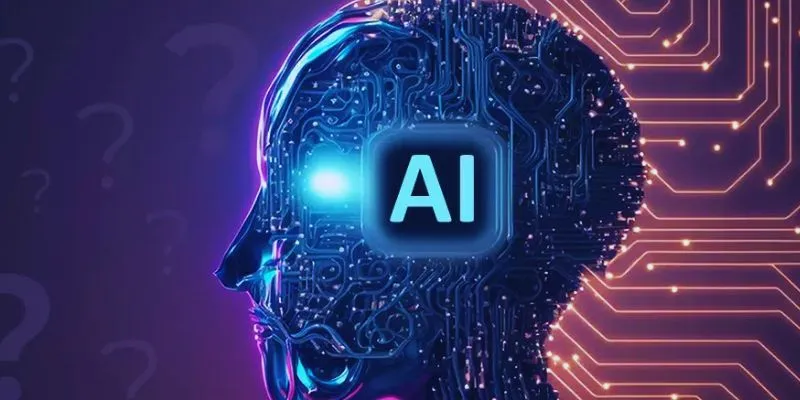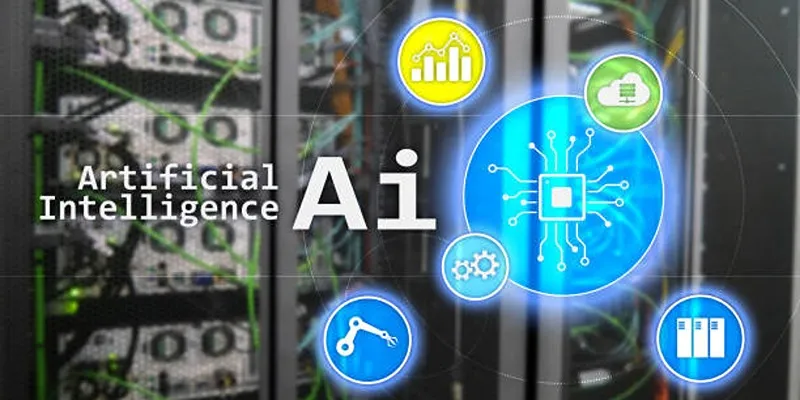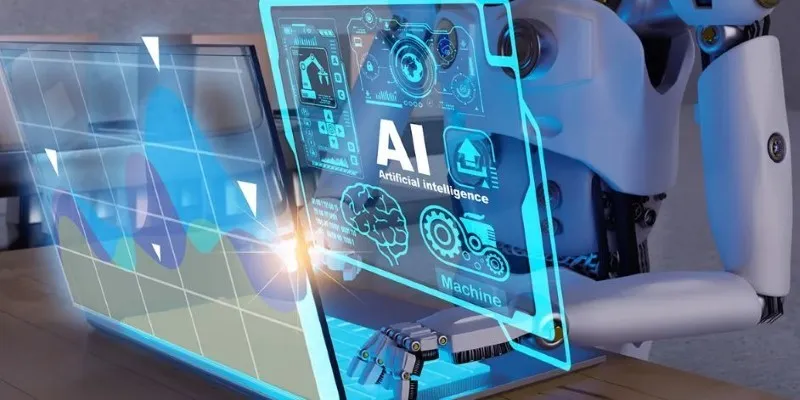Generative Adversarial Networks (GANs) have introduced a breakthrough in artificial intelligence by enabling machines to produce highly realistic data. They achieve realistic outputs through a system of competing neural networks operating in parallel. This innovative framework opens new opportunities in media, entertainment, design, and medical fields.
What Are Generative Adversarial Networks (GANs)?

GANs are a powerful machine learning framework composed of two neural networks working in tandem:
- Generator: Creates synthetic data designed to mimic real data.
- Discriminator: Evaluates the data to differentiate between authentic samples and those generated by the generator.
These networks are trained simultaneously in a competitive, zero-sum process. As the generator improves its ability to produce realistic data, the discriminator enhances its skills in identifying fake samples. This dynamic interplay results in remarkably realistic content.
How GANs Work
Here’s a breakdown of the GAN training process:
- Generating Random Inputs: The generator starts with a random input vector and creates a sample, such as an image.
- Evaluating the Sample: The discriminator analyzes the sample, comparing it to real-world data to determine authenticity.
- Providing Feedback: The discriminator offers feedback, guiding the generator to improve its outputs.
- Refining Through Iteration: This process repeats over multiple training cycles until the generator produces samples indistinguishable from real data.
Key Applications of GANs in Modern AI
1. Image Generation and Enhancement
GANs are renowned for producing synthetic images almost identical to real ones. They revolutionize image production by creating realistic faces and constructing new environments and objects.
Notable applications include:
- Upscaling low-resolution images to stunning clarity.
- Restoring old or damaged photos, including colorization.
- Designing diverse avatars or characters for gaming, simulations, and creative storytelling.
Industries like advertising, film, and digital design leverage these capabilities to push creative boundaries.
2. Data Augmentation for AI Model Training
Acquiring labeled data can be expensive and time-consuming, especially in specialized fields. GANs generate synthetic data to complement existing datasets.
Examples of real-world use cases:
- In healthcare, GANs create realistic medical images, such as MRI scans, to enhance diagnostic AI models.
- In manufacturing, they simulate defect images to improve the accuracy of quality control systems.
By supplementing limited real-world data, GANs enable companies to train more effective models without extensive data collection.
3. Text-to-Image Generation
When paired with natural language processing, GANs can bring written descriptions to life as visual representations. For instance, a prompt like “a serene mountain landscape at sunset” can yield a photorealistic image crafted by AI.
This technology is valuable for e-learning, virtual environments, and interactive media, making content more engaging and accessible.
4. Style Transfer and Creative Design
GANs empower machines to learn and replicate artistic styles, revolutionizing creative design.
Key applications include:
- Transforming images into masterpieces by applying iconic styles, like turning a photo into Van Gogh-inspired artwork.
- Stylizing videos for animation, branding, or unique visual effects.
- Innovating fashion, architecture, and interior design through generative design techniques.
These advancements are invaluable in digital marketing, design automation, and the entertainment industry.
5. Anomaly Detection and Security Testing
GANs play a crucial role in identifying anomalies and enhancing security.
In cybersecurity and industrial applications:
- GANs simulate potential hacking behaviors to train and fortify defense systems.
- They generate realistic fault scenarios to test the reliability of response mechanisms in critical environments.
Advantages of Using GANs in AI Solutions
1. Creating Realistic Data
GANs excel at producing data that mirrors real-world examples with striking accuracy, invaluable for simulation, modeling, and AI training, especially when real data is scarce or ethically sensitive to obtain.
They generate lifelike images, videos, and voice samples, providing controlled environments to test and refine AI models, enhancing model performance and reliability in real-world scenarios.
2. Reducing Dependence on Labeled Data
One of the biggest challenges in traditional machine learning is the reliance on extensive labeled datasets, often expensive and time-consuming to create. GANs address this by generating synthetic data through unsupervised learning, closely imitating real-world data.
This approach accelerates AI development, reduces the need for manual labeling, and streamlines workflows. For instance, GANs create training data for rare scenarios, such as images of uncommon medical conditions, without requiring large-scale human annotation.
3. Driving Creativity and Innovation
GANs revolutionize creativity, unlocking new possibilities for innovation across industries. Designers, artists, and researchers leverage GANs to generate machine-created art, designs, and ideas that challenge the boundaries of imagination.
For example, GANs produce hyper-realistic portraits of fictional people, design unique fashion patterns, and compose music. These innovations inspire professionals to experiment with new concepts, refine creative processes, and explore unprecedented opportunities in entertainment, marketing, and product design.
Challenges and Limitations of GANs
Despite their potential, GANs come with challenges:
1. Training Instability
Training GANs is notoriously difficult and often unstable. If the generator or discriminator progresses faster than the other, the delicate balance is disrupted, leading to subpar results. Achieving stability requires precise fine-tuning and thoughtful model design.
2. Mode Collapse
A common pitfall is mode collapse, where the generator produces a narrow range of outputs, neglecting the full diversity of the data distribution, reducing the variety and utility of the generated data.
3. Difficulty in Evaluation
Evaluating GAN-generated data quality is complex. Unlike traditional models with clear metrics, GANs often require subjective judgment or task-specific evaluation methods. This complicates performance comparisons and progress tracking.
The Future of GANs in AI Development

As AI evolves, GANs are emerging as a transformative force, poised to redefine intelligent systems’ future.
1. Personalized AI Experiences
GANs hold the potential to revolutionize personalization by generating custom avatars, virtual assistants, and training simulations tailored to individual profiles and preferences, reshaping user interactions with AI.
2. Seamless Integration with Other AI Models
The future of GANs lies in their integration with other advanced AI technologies. Combining GANs with reinforcement learning, natural language processing, and computer vision creates adaptive, intelligent solutions for complex challenges.
3. Ethical Innovation and Output Control
As GANs become more powerful, ethical oversight is essential. Researchers are developing tools to monitor and control GAN outputs, ensuring responsible use and detecting synthetic content. These frameworks and verification systems are expected to become integral to AI deployment, promoting trust and accountability.
Conclusion
Generative Adversarial Networks represent a groundbreaking innovation in artificial intelligence. Their ability to generate high-quality synthetic data drives advancements across industries, from creative design and AI training to security. By embracing their potential while addressing ethical challenges, businesses and developers can unlock unprecedented opportunities for AI-driven transformation.
 zfn9
zfn9
